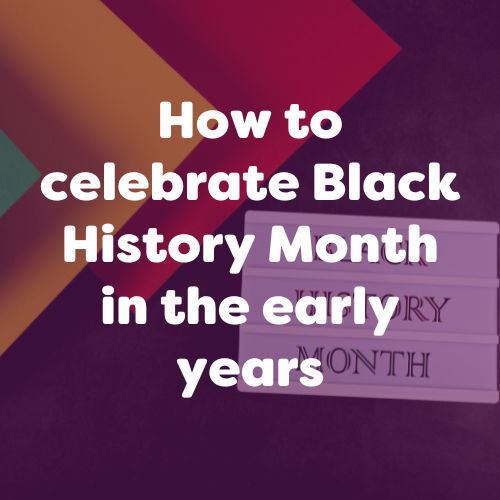What is Pride Month?
The annual celebration of Pride month began back in June 1970. This is when the first Pride parade was organised to celebrate the anniversary of the Stonewall riots. This was when a group of LGBTQ+ people fought back against a police raid of Stonewall Inn, a gay club in New York. The month of June is now used to celebrate the LGBTQ+ community, love and self-expression. It is also a time to remember historical progress and commit to creating more inclusive communities.
How can we incorporate this into early years learning and development?
Despite the fact that children don’t begin to learn about Relationships and Sex Education (RSE, also known as RHE) until they are aged 8/9 there are many ways that pride can be integrated into early learning and development. Firstly it is a great opportunity to teach children from an early age about similarities and differences and the world around them. Additionally, it is a perfect time for children to begin to explore and develop their own self-confidence and self-awareness.
In this blog, we will share 5 ways to introduce the topic of pride into your setting as well as some initial considerations for you to think about in your setting to make sure you are providing as inclusive a space as possible.
Initial Considerations
Before starting any activity ideas around Pride and inclusivity – it is important to check that your setting is as inclusive as possible. It is good practice to conduct an audit of your setting every now and then as it is easy to become used to a space and become blind to the changes needed. Some things you may want to consider include:
- Making sure discussions about family is not limited to just “mother” and “father”
- Avoid splitting activities up by gender
- Try and use resources that are gender-neutral and diverse – this includes free downloads or even gender-neutral dolls. Our free downloadable resources and own-developed products are designed to be as gender-neutral as possible and reflect a diverse range of people.
- Opportunities for equality, diversity and inclusion are promoted in all activities.
5 ways to introduce Pride into your setting
1. Rainbow Crafts
These can be used as a great talking point for all things Pride and more specifically what the rainbow represents. Why not try crafting your own Rainbow cloud using rainbow paper and cotton to act as a decoration for your setting? Alternatively you could incorporate a bit of sensory play with your own rainbow squish bag or marble rolling on paper through paints. Finally why not consider making your own rainbow sparkler for your own Pride parade?
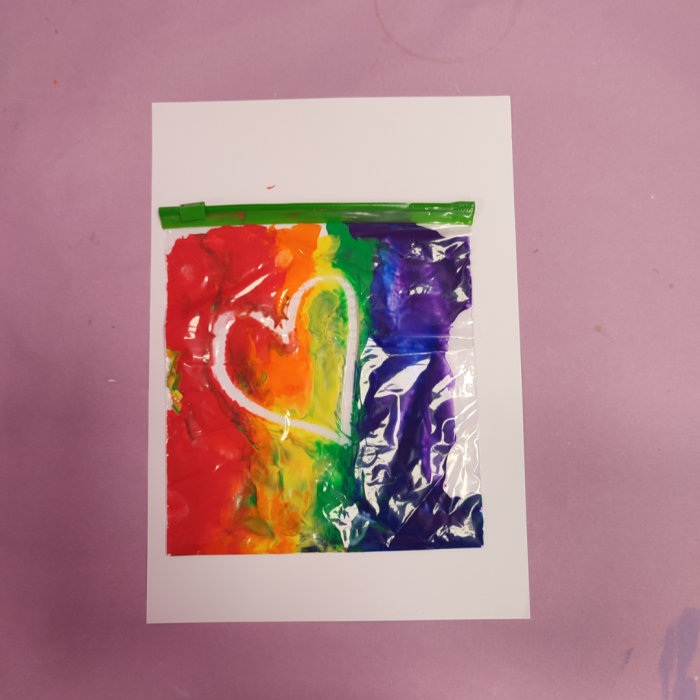
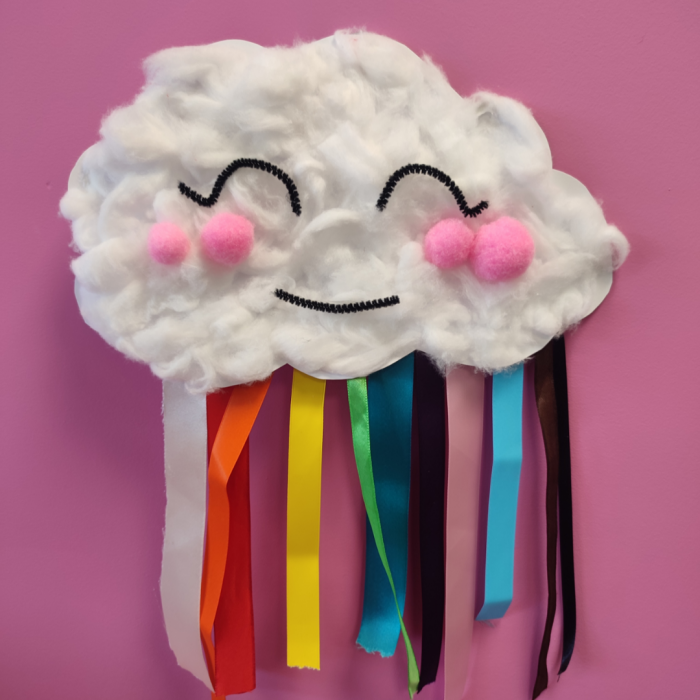
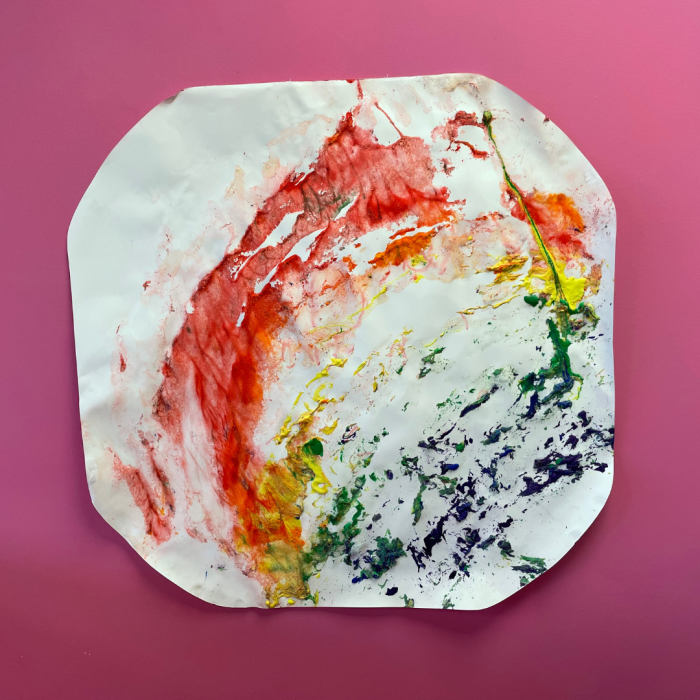
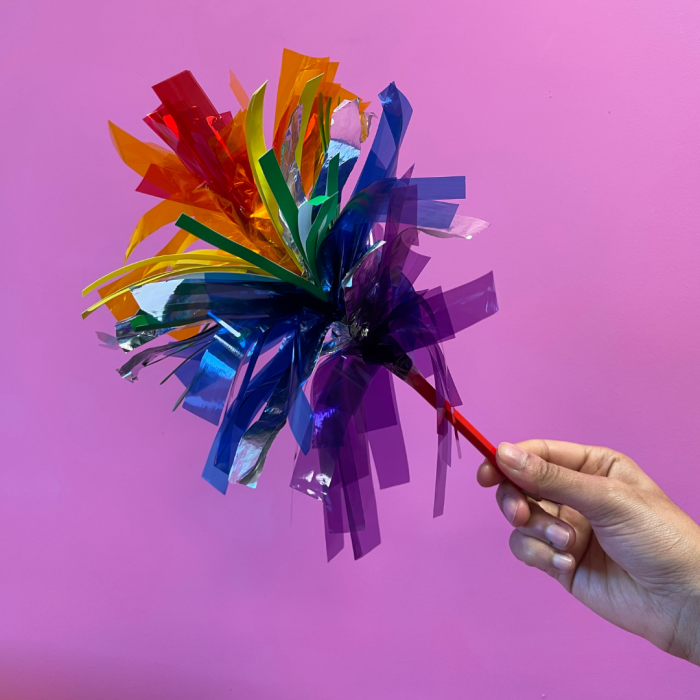
2. Create a Pride self portrait
This is a fantastic way for children to develop a sense of self awareness. Encourage your little ones to highlight what is is that they like about themselves as a self-confidence boosting activity. Make sure to provide children with an array of different materials to use rather than restricting them to the same medium to allow them to express their creativity. Once complete, children can compare their self-portraits to identify similarities and differences between themselves and engage in positive discussions.
Why not supplement this activity with our free “I am Proud Because...” download to encourage children to take part in self-reflection and again boost their self-confidence.
3. Discuss Different Families
It is important for children to understand that every family is different. A great way to spark discussion around this is to use resources such as our Unique Family Figures which can be mixed and matched to create each unique family. Similarly, using craft family lollipop sticks could be a great way for each child in your setting to create their own family and then compare similarities and differences to get a better understanding of the diverse world we live in.

4. Read a diverse range of books
Traditional books like Elmer can be a great resource to highlight diversity and teach children to embrace similarities and differences. However, going beyond this and reading stories with children that showcase a variety of different people and identities can provide them with a more well-rounded view of the world. Some examples of such books include “Baby’s First Words” and “My Sister Daisy“. For a wide selection of quality and education assured books for children then head to Queer Lit, a small independent bookshop based in Manchester with a wealth of age appropriate books for children.
5. Rainbow Scavenger Hunt
Finally, why not teach children the significance of the Pride flag by encouraging them to complete their own scavenger hunt? Simply download our free scavenger hunt resource and your little ones will be tasked to find items matching the colours. This is a great opportunity to discuss the meaning of each colour:
- red: life
- orange: healing
- yellow: sunlight
- green: nature
- blue: harmony
- purple: spirit
- brown & black: diversity and inclusion
To further this activity why not extend it to various other flags?
Above all, don’t forget to keep the conversation going – talk about respect and empathy for all with your little ones, all of the time not just the month of Pride!




